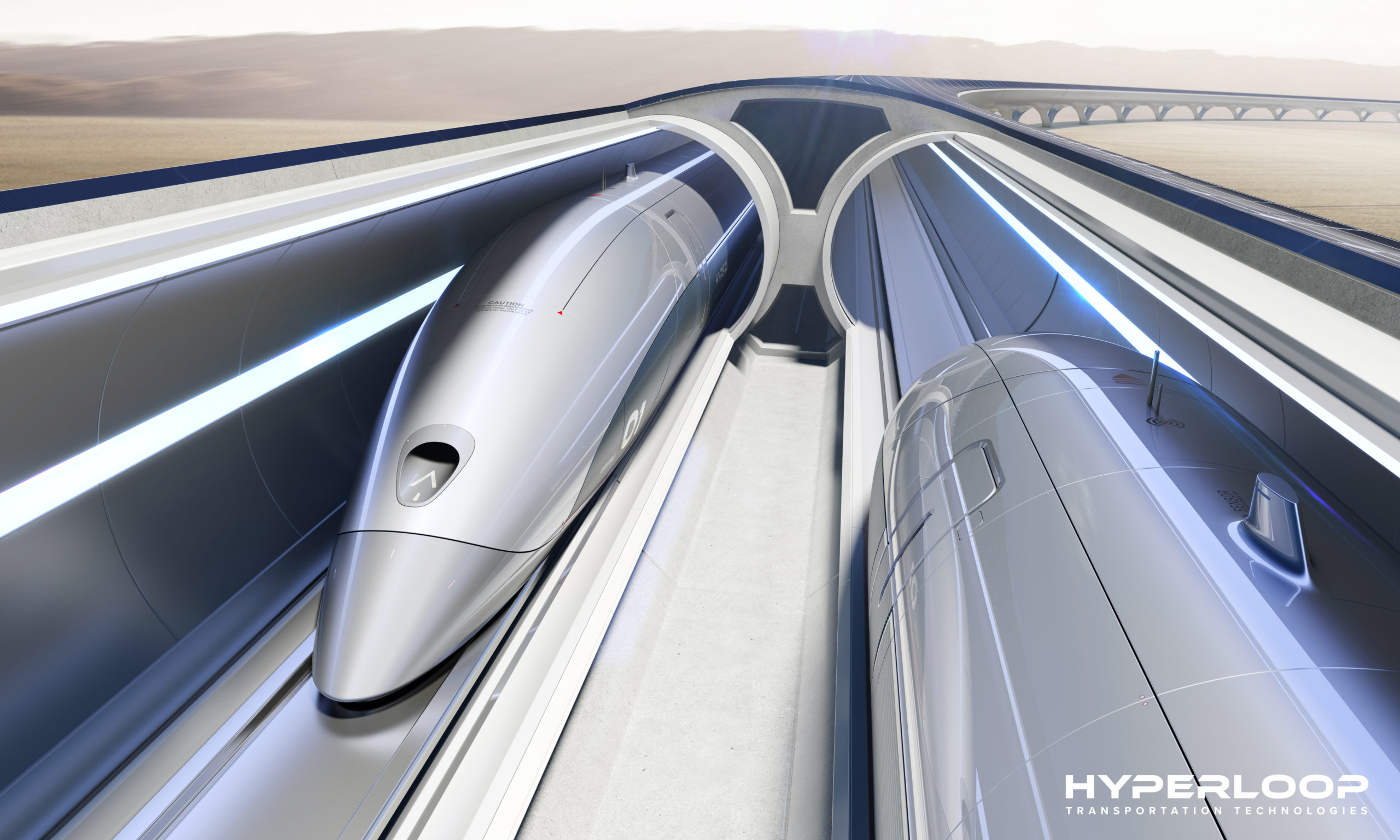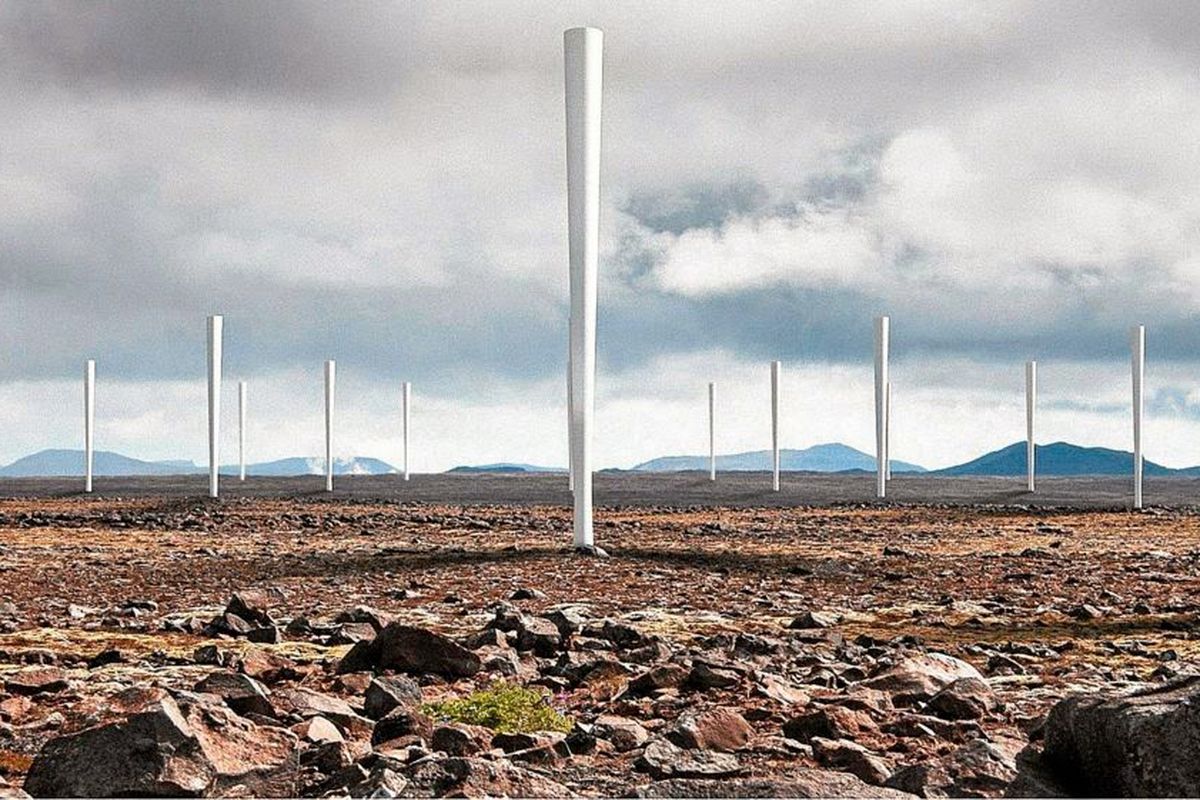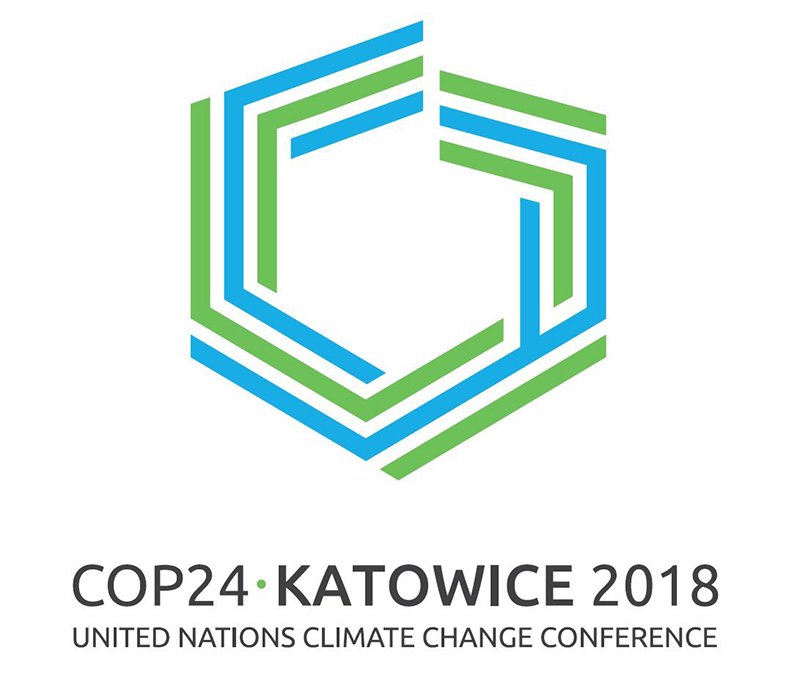Hyperloop: levitating at the speed of sound
Some think it’s just the product of Elon Musk’s fervid utopic visions, others say it’s a promising idea that will become a reality. After the latest news that are closely related to Italy, the second line of thought is starting to prevail. We are speaking of Hyperloop, a revolutionary means of transport that would combine a very low environmental impact with extremely high speed, close to the speed of sound. Which technologies hide behind this project? We will discover that together in this article and the next one.
Eliminating friction
The editorial staff of E-nsight had already introduced the main features of Hyperloop in this article; however, with development going forward throughout the years, the original concepts have been partially replaced by new ideas, that we are going to analyze in the next paragraphs. Still, before we start, it’s important that we explain the type of problem that this transport system tries to solve. During motion, the carriage meets two forms of resistance to its motion that slow it down: the first force is generated by air resistance, the second by rolling friction with the rails. To overcome the resistances, two solutions can be applied. The first one is the most intuitive, and it implies providing the carriage with an engine that constantly drives it forward (locomotives play this exact role). The second solution, on the other end, requires the creation of conditions with no existing resistance forces. The idea on which the transport system Hyperloop is based is exactly this: removing any friction source to minimize the energy necessary to move forward. In this article we will focus on air friction, whilst in the second we will analyze dry friction with the ground.
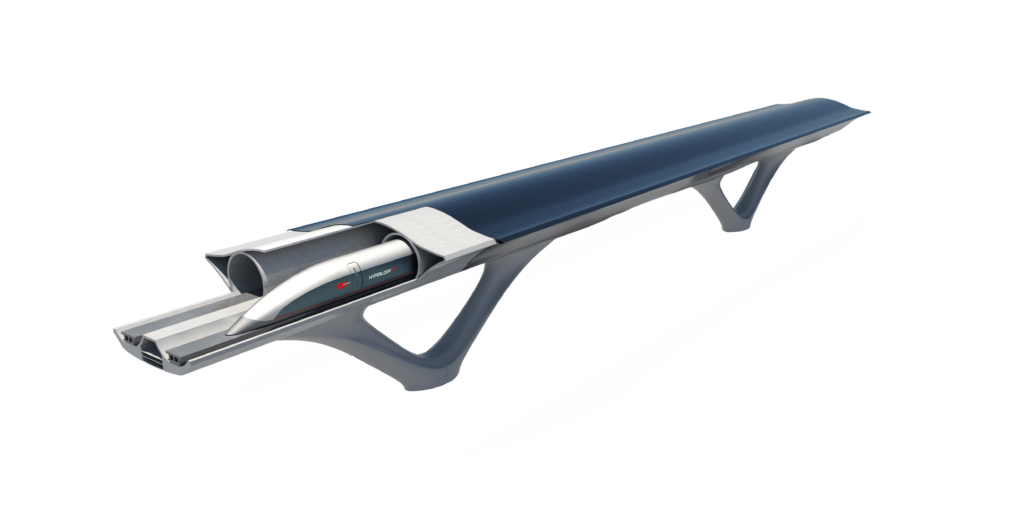

Like in space
Aerodynamic friction generally increases quadratically with respect to speed, as it’s depicted in the chart below. This means that, if a train runs at 300 Km/h and Hyperloop runs at quadruple speed (1200 Km/h, close to the speed of sound), in the same conditions Hyperloop would require a propulsive force not 4, but 16 times higher than the train. No matter how aerodynamically shaped can an object be designed, friction forces with air will always have a great effect at high speeds. Planes manage to overcome these forces thanks to lower pressure at altitude and really powerful engines; but if you want to use little energy, the only solution to prevent air friction from becoming too high is… removing air. Let’s imagine that we have an ideally infinite pipe with a section wide enough to fit in some sort of carriage, and that we suck out all the air within: we will produce a pushed- vacuum tunnel, which is a duct along which our carriage (or rather, our pod) will not have to overcome aerodynamic forces to move forward.
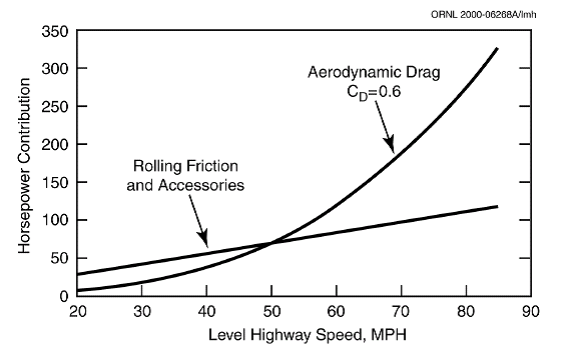

Friction forces of a vehicle on tire wheels as a function of its speed. As can be noticed, aerodynamic forces prevail at high speed, whilst rolling frictions increase in a more restrained way (especially in trains where there are no deformations due to tires).
Hundreds of under-vacuum kilometers
Hyperloop is indeed a pod that has been designed to dart along long tunnels at an extremely low pressure. Creating a low-pressure environment is not technically very difficult: it can be done by using pumps that suck out the air within the tunnels. After creating the low pressure, the waste of energy required to maintain the ideal conditions is not significant; it’s even less significant if the necessary energy is produced locally along the line itself (we will examine this topic later). Nevertheless, the apparent ease of the solution must not mislead: the construction of a very long vacuum-tunnel brings other important technological challenges. The main problems in the project are related to thermal expansion and dealing with eventual damages of the tube.
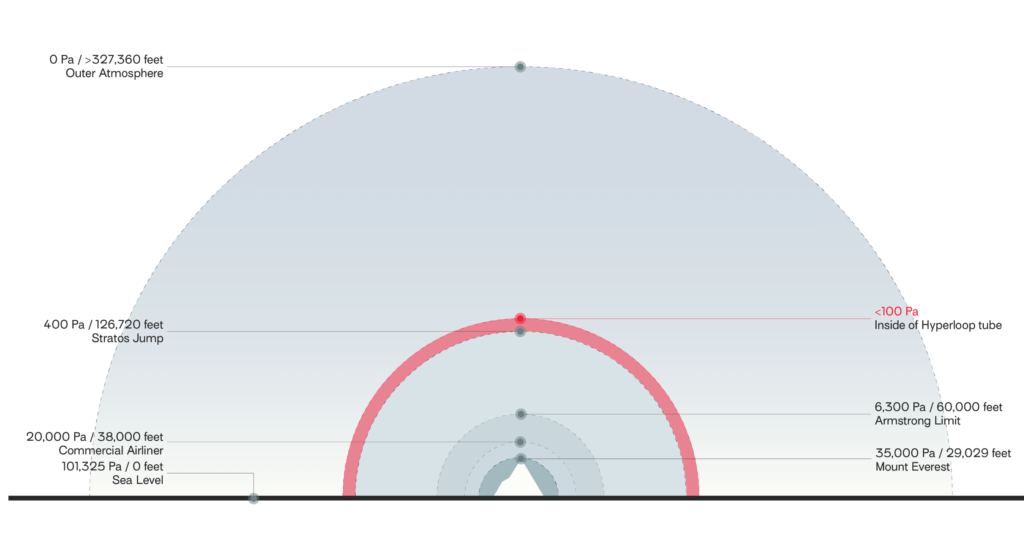

The pressure within the Hyperloop is less than a thousandth of atmospheric pressure.
Thermal expansion
When a very long metallic object is manufactured, such as a rail or a pipe, the differences of temperature in summer and winter must be taken into account, since they can significantly alter its length. To make a numerical example, if a carbon steel tunnel (the less susceptible to thermal expansion) is 200 Km long, a temperature range of 35 degrees would be enough for the line to get 42 meters longer. In conventional railroads the problem is solved by leaving short gaps between the sections of which rails are made up, so that they are free to stretch without deforming the track. With Hyperloop it is necessary to use metallic joints similar to those used in gas pipelines, that are designed to expand while keeping it completely isolated in the inside.
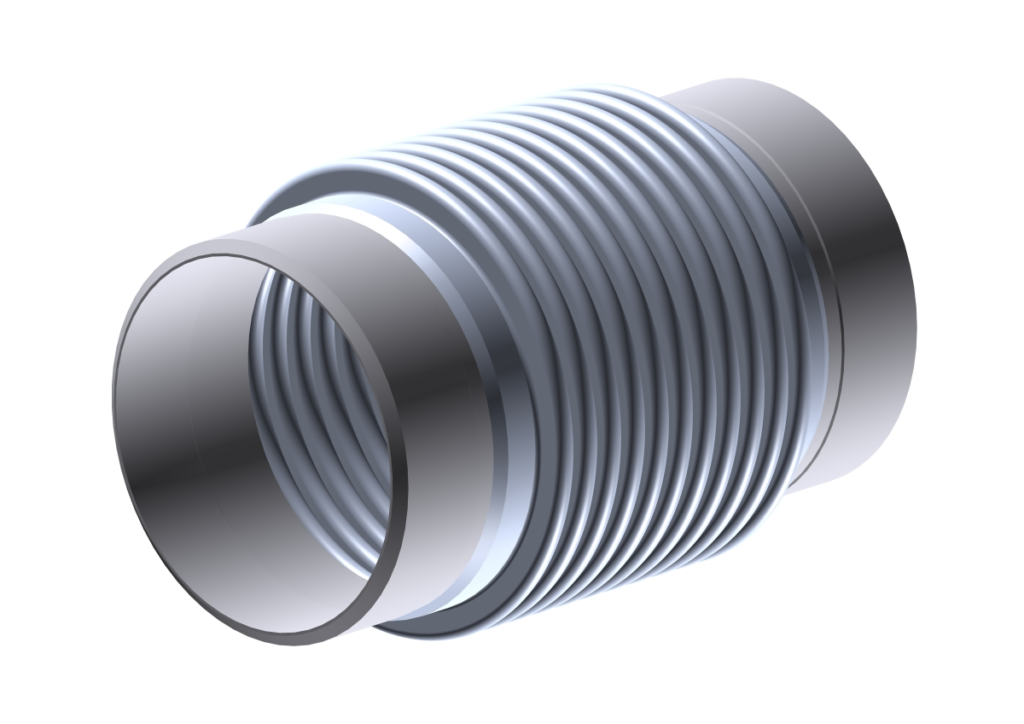

Standard metallic bellows. As the two extremities get closer due to thermal expansion, the area in the middle shrinks, like an accordion, preventing structural damages on the tube.
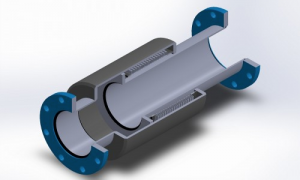

Prototype of an external-compression joint (the typology suitable for Hyperloop). During the expansion, the metallic bellows (milled segment in the middle) are pulled at the extermities by the two sections of the pipe to which it is attached. The external casing also guarantees the structural solidity of the joint.
Safe tunnels…
When such high speeds are involved, it comes naturally to wonder if Hyperloop is a safe enough means of transport. The engineers (mostly aeronautical, mechanical and civil engineers) worked a lot in this direction, in order to guarantee the lowest possible risk. To ensure high safety standards in case of earthquakes and seismic events, all the line rests on pillars capable of completely absorbing the oscillations and movements of the ground. But what if a leak somehow sprang in a tunnel? In that regard, it has been suggested to provide the entire line with emergency stations and a system of sensors (powered by solar cells placed along the track itself, making it rather cheap) capable of reacting immediately in case of a failure. Hypotheses about possible “terrorist attacks” made by the most skeptical don’t seem to make much sense, just because also common railroads and highways’ viaducts are equally exposed to this risk.
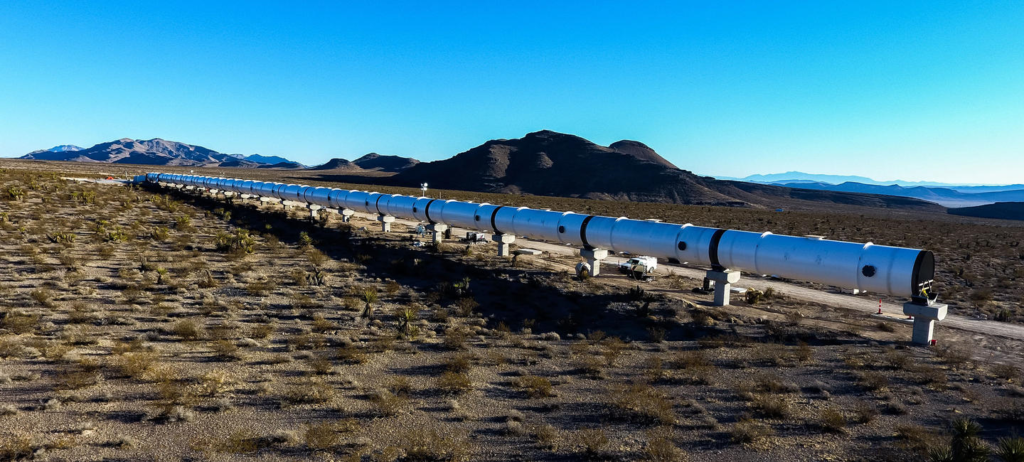

The first test track realized by Virgin Hyperloop One. Among the first to realize a full scale pod, the firm has currently started several feasibility studies in America and India.
… and equally safe pods
Similarly to tunnels, they tried to work a lot on the pod, in order to prevent any possible internal depressurization. The technological solution that will guarantee the highest safety level comes from a patent of Hyperloop Transportation Technologies, developed in cooperation with some external firms. It is a very particular carbon fiber, whose name says it all: the researchers chose to name it vibranium, after the indestructible material of which is made the shield of the superhero Captain America. As well as being 5 times lighter than steel and 1,5 times than aluminum (currently used in many aircrafts), vibranium is also much more flexible (in an engineering sense) than both: respectively 10 and 8 times. This material has also a net of sensors in it, that is incorporated already during the productive process. This special “smart” net enables vibranium to self-diagnose in real time, constantly providing information about parameters such as temperature and the status of internal strain in every point of the tunnel.
Ground friction
We have seen how, thanks to a special system of tunnels and vacuum pumps, it is possible to overcome air friction without requiring a great propulsive boost. But is it possible to eliminate ground friction in an equally efficient way? And even if it was possible, what would be the costs involved in building a Hyperloop system from scratch? We will discover it in the next article, where we are going to discuss the projects that Hyperloop have in store for Italy in the next future.
Sources
- Hyperloop Transportation Technologies
- DME
- Virgin Hyperloop One
- AGI
- Built In
- The B1M
- NASA – Conceptual Feasibility Study on Hyperloop (2017)

